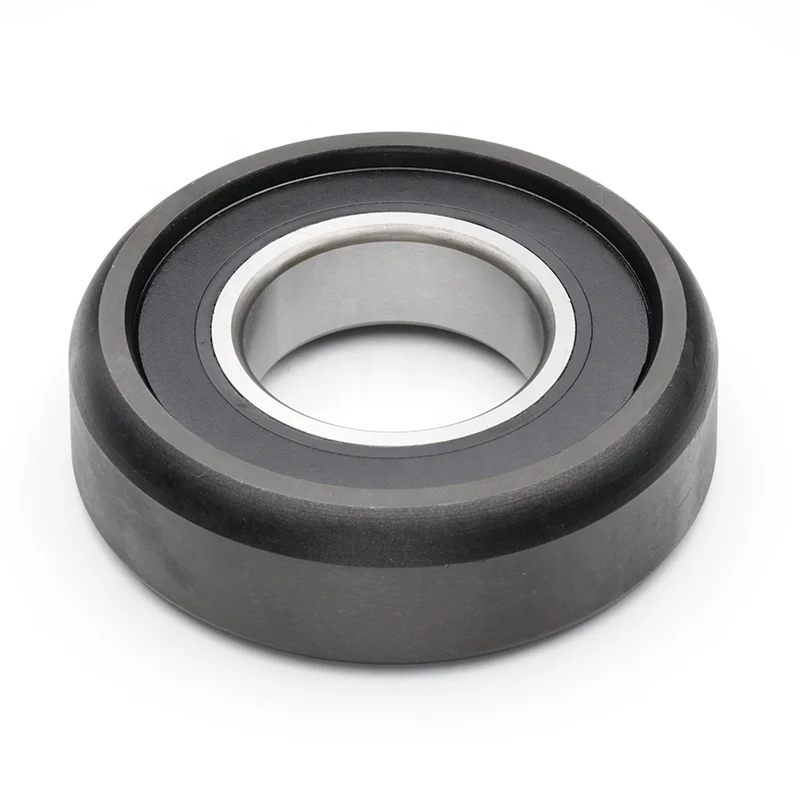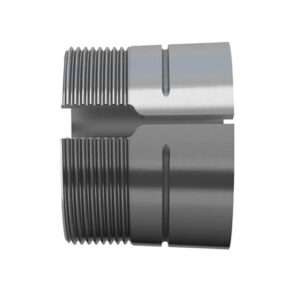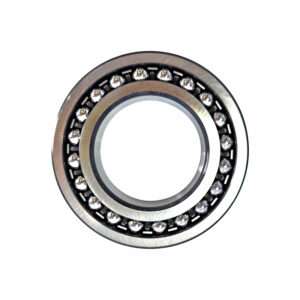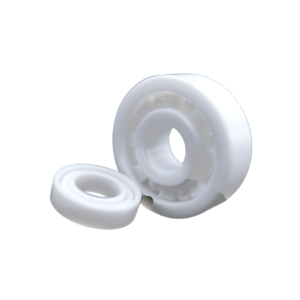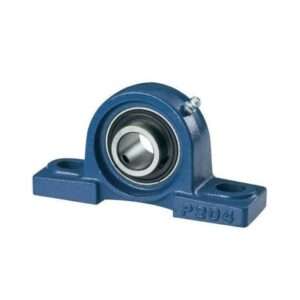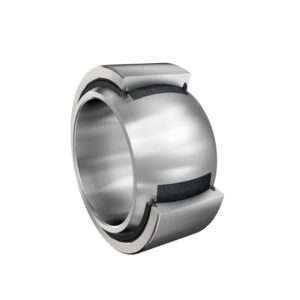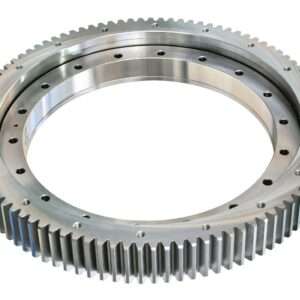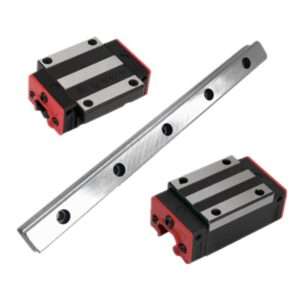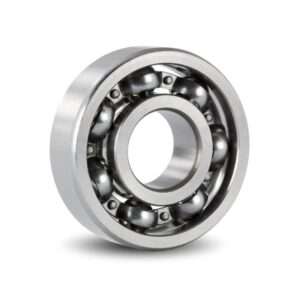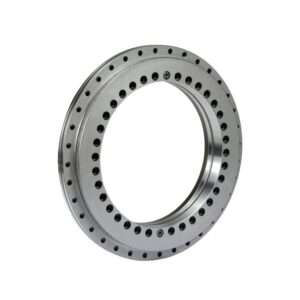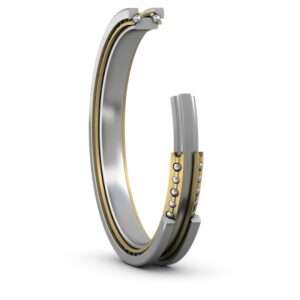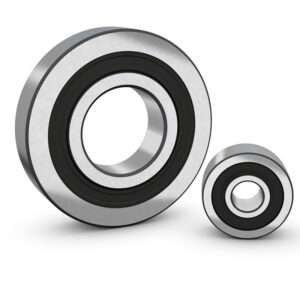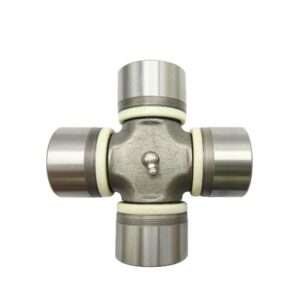Table of Contents
Categories
Bearing Grease: Select the Right Lubrication Method
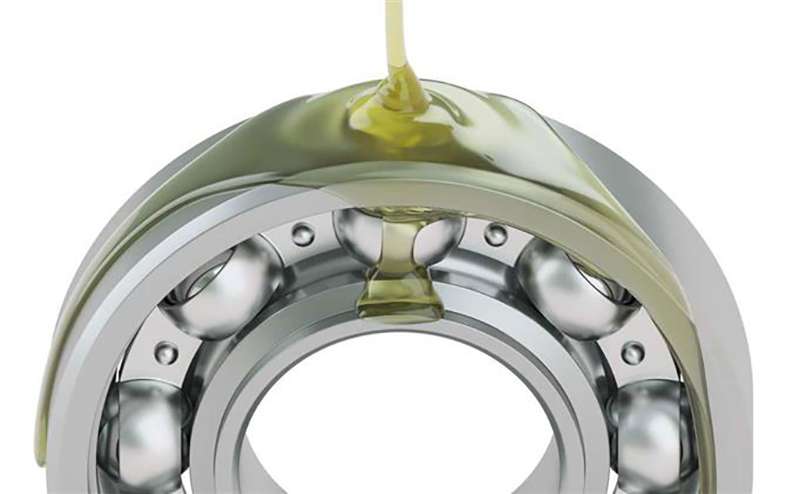
Introduction
In the intricate web of machinery functionality, the often-overlooked component of bearing lubrication emerges as a linchpin, holding the key to the sustained efficiency and durability of mechanical systems. This blog post aims to meticulously explore the multifaceted realm of bearing grease, offering an insightful journey into the diverse lubrication methods and the myriad factors that influence the judicious selection of the most suitable grease for your machinery.
Basics of Bearing Lubrication
Bearing lubrication is a vital aspect in the realm of mechanical engineering, ensuring the optimal functioning and durability of rotating machinery. This process involves the strategic application of lubricants, commonly oil or grease, to diminish friction between bearing surfaces, thereby preventing wear and enhancing operational efficiency. The lubricant creates a protective layer, mitigating heat buildup and facilitating its efficient dissipation. Additionally, proper lubrication contributes to contamination control and shields against corrosion. A judicious choice of lubrication method and type is imperative, factoring in variables like load, speed, and environmental conditions. This meticulous approach not only minimizes friction but also extends the lifespan of bearings, ensuring the sustained performance of mechanical systems.
Types of Bearing Grease
There are several types of bearing greases, each designed for specific applications, environments, and operating conditions. Some common types include:
Lithium Grease: Versatile, moderate temperature range, water-resistant, and suitable for general-purpose applications.
Calcium Grease: Water-resistant, good adhesion, and ideal for low to moderate temperature applications.
Polyurea Grease: High-temperature stability, excellent shear stability, and resistance to oxidation, suitable for high-speed applications.
Aluminum Complex Grease: Wide temperature range, good water resistance, and ideal for extreme pressure conditions.
Silicone Grease: Excellent resistance to high temperatures, oxidation, and chemicals, suitable for non-metal applications.
Complex Soap Grease (e.g., Lithium Complex): High-temperature stability, extended service life, and suitable for heavy-duty industrial applications.
Biodegradable Grease: Environmentally friendly, often used in applications where ecological impact is a concern.
High-Viscosity Grease: Thicker consistency for applications where adhesion and resistance to water washout are critical.
Choosing the right grease depends on factors such as temperature range, speed, load, and environmental conditions. It’s crucial to match the grease type with the specific requirements of the bearing and the application to ensure optimal performance and longevity.
Factors Influencing Grease Selection
Selecting the appropriate grease for bearings hinges on multifaceted considerations, primarily dictated by operational parameters. Factors such as temperature extremes, load magnitude, and speed variations play pivotal roles in determining the optimal grease. Additionally, environmental conditions, including exposure to water, chemicals, and contaminants, significantly impact the choice of lubricant. Specific application requirements, such as high-precision machinery or heavy-duty industrial equipment, necessitate tailored formulations like polyurea or complex soap greases. Moreover, the compatibility of grease with bearing materials is crucial to prevent adverse interactions. By meticulously evaluating these diverse factors, engineers ensure that the chosen grease not only minimizes friction but also enhances the durability and efficiency of bearings in diverse operational scenarios.
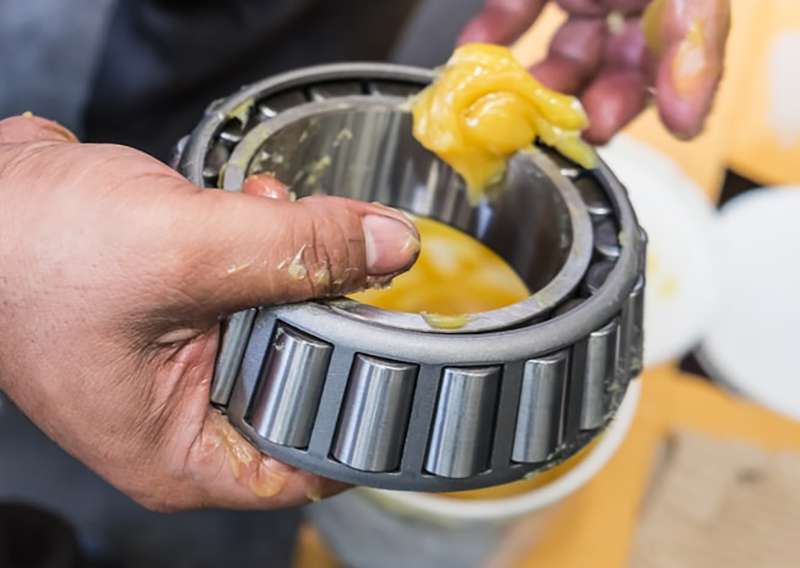
Lubrication Methods
Bearings are lubricated through various methods, among which manual and automatic lubrication are prominent. In manual lubrication, operators use grease guns to apply lubricants at scheduled intervals, requiring precision in timing and quantity. This method, though straightforward, poses challenges such as the risk of over-lubrication or under-lubrication due to human error. Grease guns can be complex to use, demanding skill to ensure accurate application.
Conversely, automatic lubrication techniques, including single-point lubricators and centralized units, offer advanced solutions. Single-point lubricators dispense lubricants automatically to specific bearings, minimizing manual intervention. Centralized automatic lubrication systems, on the other hand, employ a network of pipes and pumps to deliver precise amounts of lubricant to multiple points. The advantages of these systems lie in their ability to maintain consistent lubrication, reduce labor costs, and mitigate the risk of errors associated with manual methods. Centralized units, in particular, excel in large-scale operations, ensuring uniform lubrication across various components, enhancing system reliability, and extending the lifespan of bearings.
Frequency of Lubrication
Lubrication frequency plays a pivotal role in optimal bearing performance. Achieving the best frequency is essential for preventing issues like over-lubrication, which can lead to increased heat and reduced efficiency, or under-lubrication, causing elevated friction and premature wear. The key to determining the ideal lubrication frequency lies in a careful balance based on factors such as load, speed, and environmental conditions. Regular monitoring of bearing conditions, oil analysis, and employing technologies like vibration analysis aid in assessing lubrication effectiveness. Utilizing automatic lubrication systems, equipped with programmable settings and sensors, ensures precise and consistent lubricant delivery. Implementing condition-based maintenance strategies, where lubrication intervals are adjusted based on real-time performance data, further optimizes bearing lubrication. By adopting a tailored approach to lubrication frequency, industries can enhance bearing life, reduce maintenance costs, and improve overall operational efficiency.
Grease Application Techniques
Applying grease to machinery involves navigating complexities related to quantity, consistency, and compatibility with seals and materials, all critical for optimal performance. Precise quantity is imperative, as excess grease can lead to overheating, while insufficient amounts may result in increased friction and wear. Consistency is equally important, as different applications may require greases with specific thicknesses. Ensuring compatibility with seals and materials prevents potential degradation or malfunctions. To ensure accurate application, consult equipment manuals for manufacturer recommendations regarding the type and quantity of grease. Regular inspections, coupled with monitoring temperature variations, facilitate the adjustment of lubrication amounts. Testing grease compatibility with seals is essential to prevent premature wear. The integration of automatic lubrication systems further enhances precision, ensuring consistent and appropriate grease application. Coordinating grease application with machinery specifications is vital for minimizing downtime, optimizing performance, and extending the lifespan of critical components.
Bearing Lubrication Best Practices
Emphasizing the importance of effective bearing maintenance involves a focus on removing old grease, meticulous cleaning of bearing surfaces, and establishing precise relubrication intervals. Removing old grease is crucial as it may contain contaminants and debris that compromise lubricating properties. Thoroughly cleaning bearing surfaces before relubrication ensures optimal contact and prevents abrasive particles from causing damage. Equally vital is the establishment of clear relubrication intervals based on factors like load, speed, and environmental conditions. Regular maintenance schedules, guided by industry standards and equipment specifications, facilitate timely lubrication, preventing both under- and over-lubrication issues. This meticulous approach enhances overall bearing performance, extends component life, and minimizes the risk of unexpected failures, contributing to the reliability and efficiency of mechanical systems.
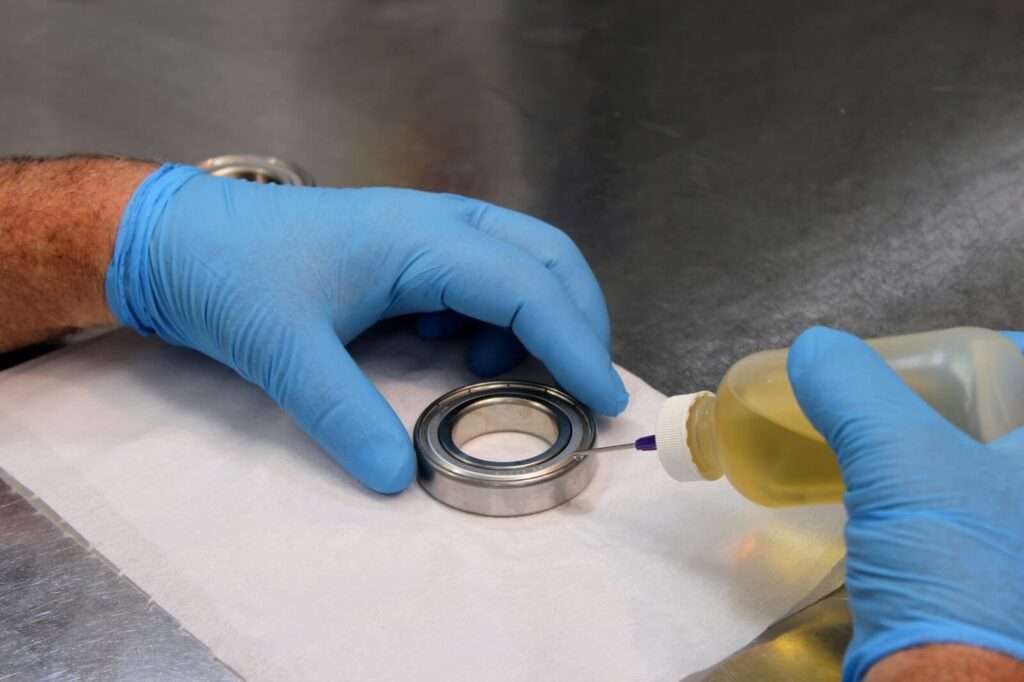
Troubleshooting Lubrication Issues
Contaminant Ingress:
- Challenge: Dirt and foreign particles entering the lubrication system can lead to abrasive wear.
- Solution: Implement effective sealing mechanisms, conduct regular inspections, and consider air filtration systems to minimize contaminant entry.
Oxidative Grease Degradation:
- Challenge: Exposure to oxygen over time can cause grease to oxidize, leading to a loss of lubricating properties.
- Solution: Use high-quality, oxidation-resistant greases and consider nitrogen blanketing in storage containers to limit exposure to oxygen.
Over-Lubrication:
- Challenge: Applying excessive grease can lead to overheating, seal damage, and increased energy consumption.
- Solution: Establish precise lubrication intervals, utilize automatic lubrication systems, and monitor equipment conditions regularly to avoid over-greasing.
Under-Lubrication:
- Challenge: Insufficient grease application results in increased friction, heat generation, and accelerated wear.
- Solution: Follow manufacturer guidelines for lubrication amounts, conduct routine inspections, and implement condition-based maintenance to adjust lubrication frequencies as needed.
Incorrect Grease Selection:
- Challenge: Using the wrong grease type for specific applications can lead to poor performance and premature failure.
- Solution: Match grease properties to operational conditions, considering factors like temperature, load, and speed, and consult equipment manuals for manufacturer recommendations.
Water Contamination:
- Challenge: Water ingress can compromise grease effectiveness and accelerate corrosion.
- Solution: Implement effective sealing, conduct regular inspections for leaks, and consider water-resistant greases in applications prone to water exposure.
Grease Storage and Handling
Proper storage and handling of grease are essential for maintaining its effectiveness and preventing contamination. When storing grease, ensure a clean, cool, and dry environment, protecting it from extreme temperatures and direct sunlight. Store containers in a vertical position to prevent oil separation. Regularly inspect storage areas for potential contaminants, and keep containers sealed when not in use. When handling grease, use clean tools to avoid introducing impurities. Prioritize cleanliness in the application process, and avoid direct contact with hands to minimize the transfer of contaminants. Employ dedicated equipment for each type of grease to prevent cross-contamination. Additionally, follow manufacturer recommendations for shelf life and storage conditions, rotating stock as necessary. Adhering to these guidelines ensures that grease maintains its lubricating properties, enhancing equipment performance and longevity.
Conclusion
In conclusion, the meticulous selection and application of bearing grease stand as pivotal elements in the longevity and efficiency of machinery. This comprehensive exploration of bearing lubrication, spanning types of grease, influencing factors, lubrication methods, and best practices, underscore the intricate interplay between these elements. The reader is empowered with a nuanced understanding of the nuanced world of bearing lubrication, from recognizing the diverse types of grease available to implementing effective lubrication methods and troubleshooting common issues. The key takeaway is the indispensability of regular maintenance, precise application techniques, and proactive troubleshooting, forming the bedrock for the seamless and optimal operation of machinery. Ultimately, in the dynamic landscape of industrial maintenance, the judicious application of bearing grease emerges not only as a necessity but as an art, ensuring the perpetual dance of machinery remains harmonious and uninterrupted.
References
1.”Bearing Grease” from Wikipedia;
2. “Bearing grease: select the right lubrication method in 5 steps” from ERIKS;
3. “Lubricants” from SKF.
Related Posts
sensor bearings
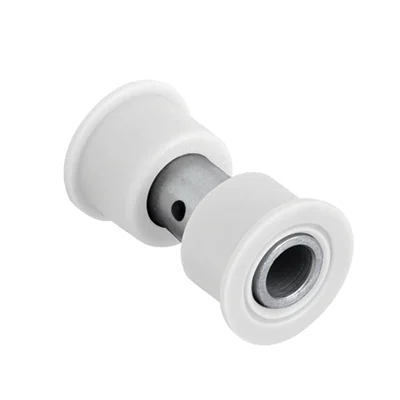
Delrin Bearings: Lubrication-Free Long Life

Locomotive Bearing Specs That Matter Most
